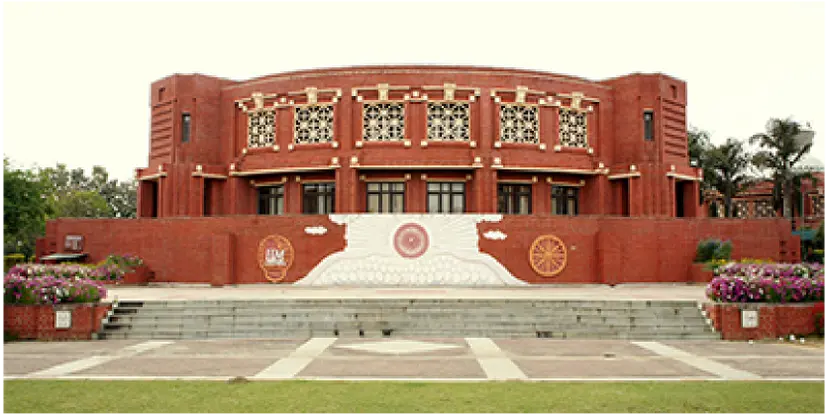Efficiency in production and punctuality in delivery are the two pillars on which a company’s growth stands. Companies and businesses focus much of their attention on these two facets to accumulate a large user base. In the competition, which is omnipresent in all aspects of the business, it is necessary to focus on each and every aspect of the business to beat the competitors. In the race of dominance and excellence, companies hire specialised experts to ensure that the product exceeds customers’ expectations and becomes users’ first preference.
Product planning and Product execution are two such fields that have seen tremendous attention from the companies for their role in affecting the revenue and growth of the company significantly.
What is Product Planning?
Product Planning is the process that involves laying the first stone for the entire product management process. It is a stage where all the brainstorming is done regarding the product which needs to be built. It involves ideas to be generated, steps to be taken, market evaluation to be done until the product comes out into the market.
What is Product Execution?
Project Execution process of the final execution of the product. It involves launching the final product in the market. Customers’ response to the product is considered, and future strategies are developed based on the feedback received.
Our Top Management Programs & Articles
What is a Product Strategy?
Product strategy is another vital aspect of product management. This is the entire process of strategising the product planning process to achieve the desired goals. Project management teams decide the strategy and work accordingly towards designing and executing the product.
Study Product Management Courses online from the World’s top Universities. Earn Masters, Executive PGP, or Advanced Certificate Programs to fast-track your career.
Stages in Product Planning
7 strategic phases are involved in the process of Product Planning. A detailed explanation of each of these stages is given below.
1. Concept and Idea Generation
This is the first and foremost step towards any product strategising and planning. The entire team brainstorms different ideas to make the product much more attractive and utility providing for the user. The product needs to be differentiated and easily distinguishable from the competitors. Ideas are generated keeping these views in mind.
2. Analysis of the Ideas
Here, the ideas decided upon earlier are evaluated, and finally, one single idea is selected. Competitor analysis is also done to make sure that their design addresses the problems faced by the users. The idea chosen is expected to yield greater customer satisfaction, excellent sales of the product and higher profitability for the company.
3. Concept Testing and Development
This is the stage where the concept decided upon earlier is tested from the consumer point of view. It is important to note whether the customer would understand the product idea clearly and their reaction to the idea. This gives them a view of the product from the customer’s lens before the final launch. Companies also get prospective customers to provide honest feedback about the product’s attributes.
4. Analysis of the market and the business
This is one of the most important stages of the entire product planning process. The market analysis is done, which involves demand forecasting, trends analysis of the markets, etc. Also, business analysis is yet another essential part of this stage. Estimation of revenues, sales and costs are done before launching the product. The insights derived from these analyses are used to alter the product plan so that the product achieves the desired goal.
5. Product Development
This is the stage where the final product is being developed after considering customers’ preferences and needs.
6. Test Marketing
The process of test marketing is essential before the mass production of the product. Products are usually launched in selected geographical locations by marketing the product. The reactions of customers are observed. This helps to single out the shortcomings which might have been overlooked initially. It is basically like a trial run for the product. The management can either proceed forward with the product, make the required adjustments, or scrape the plan out if satisfactory results are not observed.
7. Launching the product
In the final stage of product planning, the product is introduced in the market. The team monitors the product’s performance, and all the drawbacks are noted for improvement in the next batch of production.
How to become a Product Manager?
Product management offers a great career opportunity. That is why there is a growing interest of youngsters in product management.
The basic requirements to become a product manager are given below.
- The first step towards becoming a product manager is to get a Bachelor’s degree. It is not necessary to have a degree specifically in product management. A degree in any related field such as business management and computer science are sufficient to kickstart your career in product management.
- Having a management degree can boost your CV and increase your chances of getting hired. It is also helpful to move ahead in the professional ladder as usually, the higher-level posts require an MBA.
- Working experience through internships or full-time jobs is a significant plus point for getting jobs at reputed companies.
If you are interested in making a career in the emerging field of product management, you can check out Project Management Certification Program offered by Duke University in collaboration with upGrad. You will gain a lot of knowledge on product management through this course which is taught by the esteemed professors of Duke University. You will also get access to the question banks, quizzes, Q&A sessions to test your knowledge. There are 1-on-1 career mentorship sessions and interview preparation available to make you completely ready to step into the professional world.
Conclusion
Product Planning and Product Execution are becoming increasingly necessary for companies to create a strong foothold in the competitive market. This has opened up many job opportunities in the field. The jobs in the arena offer excellent monetary compensation along with a steep learning curve. This is why more and more youngsters, nowadays, prefer this career path. It is already ranked as the 4th best job in 2020 by GlassDoor. The popularity is seeing a rise in other countries as well and India is catching up at a decent pace.












































![Project Manager Salary in India in 2024 [For Freshers & Experienced]](/__khugblog-next/image/?url=https%3A%2F%2Fd14b9ctw0m6fid.cloudfront.net%2Fugblog%2Fwp-content%2Fuploads%2F2020%2F07%2F684.png&w=3840&q=75)



